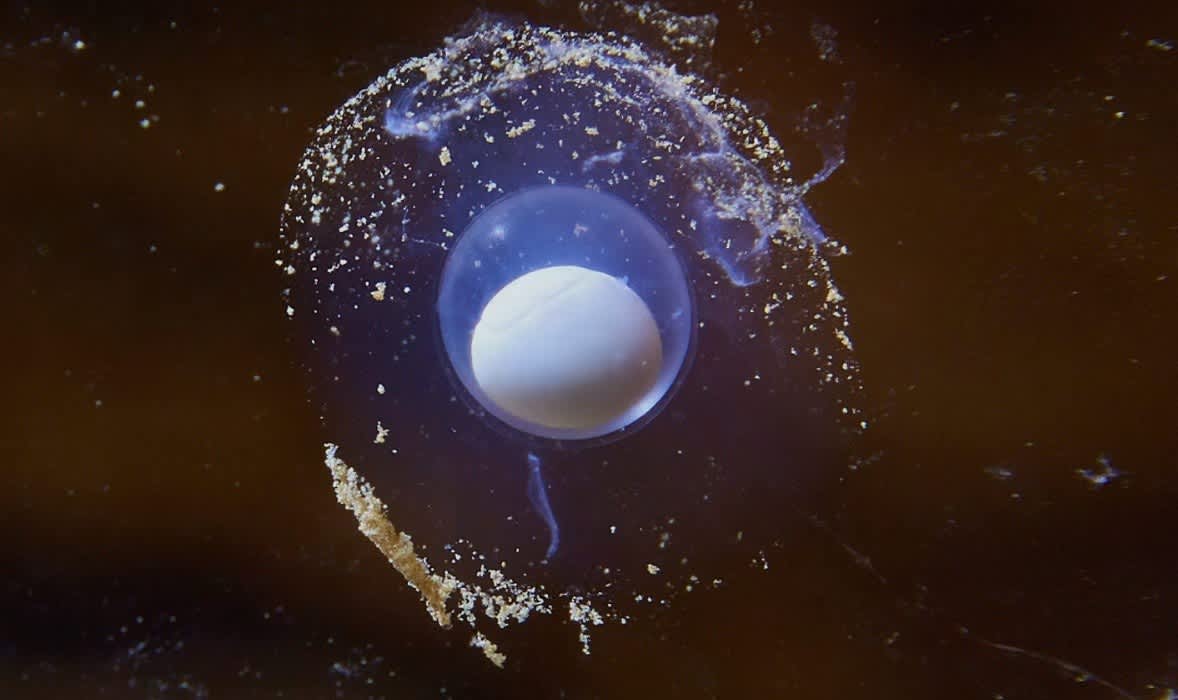Video: ‘Dragon Eggs’ Hatch in Slovenia
OutdoorHub Reporters 06.03.16

They can live up to 100 years old, and reproduce only once every 5 to 10 years. No, they’re not really dragons, but these blind aquatic salamanders are so rarely seen, they might as well be. They’re called olms, and a team of scientists at Slovenia’s Postojna Cave recently captured the hatching of two eggs inside a laboratory environment. It is one of the only occasions where such an event was recorded.
“I was in the cave doing some other biological work. Since we have all the eggs on an IR camera, we saw that one was missing. Then you rewind and suddenly you realize, something has happened,” Saso Weldt, a researcher and caretaker for the eggs, told the BBC.
The two eggs were part of a batch of 23 eggs laid by a single female inside the cave. In the wild, the odds of survival for newly hatched olms are exceedingly low. It is estimated that only two out of 500 eggs will survive into adulthood. Of course, conditions inside a lab are much safer, and the researchers expect all 23 eggs to eventually produce a tiny olm.
Locals call the small salamanders “baby dragons” due to their similarity to the mythological animals. Legend has that in the 17th century, heavy rains flushed these cave-dwelling critters out onto the surface, where they were seen as miniature dragons by farmers. Since the olm lives the entirety of its life underwater in a cave, it is also blind. Its sense of hearing and smell, however, have been heightened.
The olm is also a symbol of Slovenian natural heritage and contributes significantly to ecotourism around Postojna Cave. You can see some olm eggs below:

